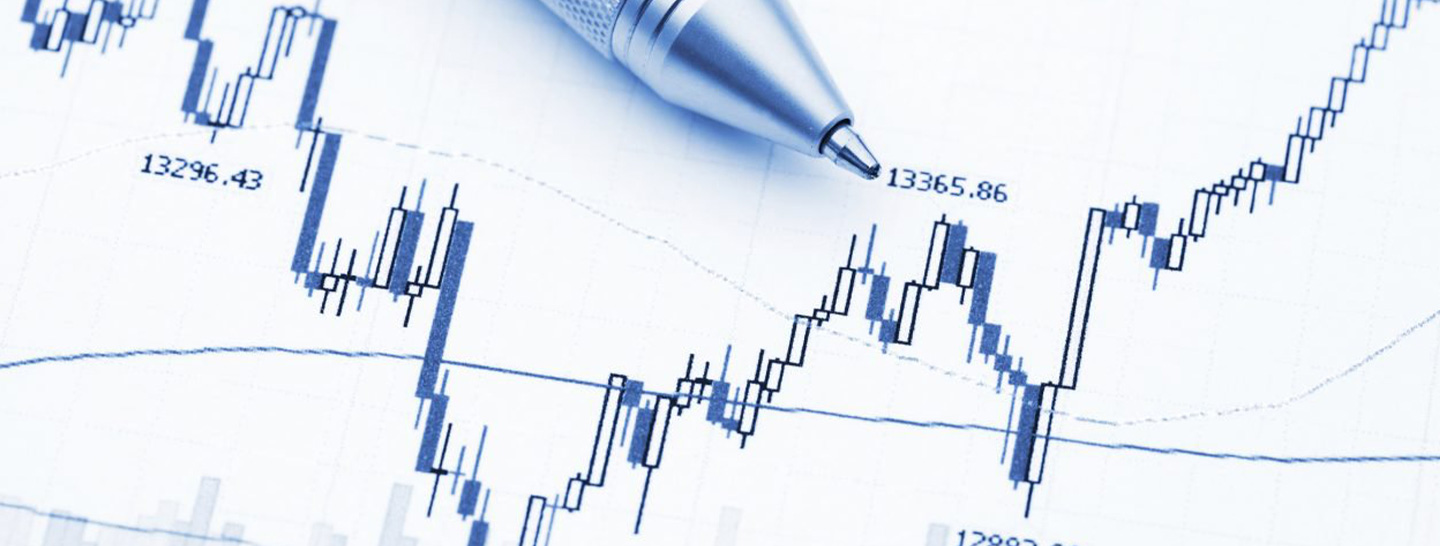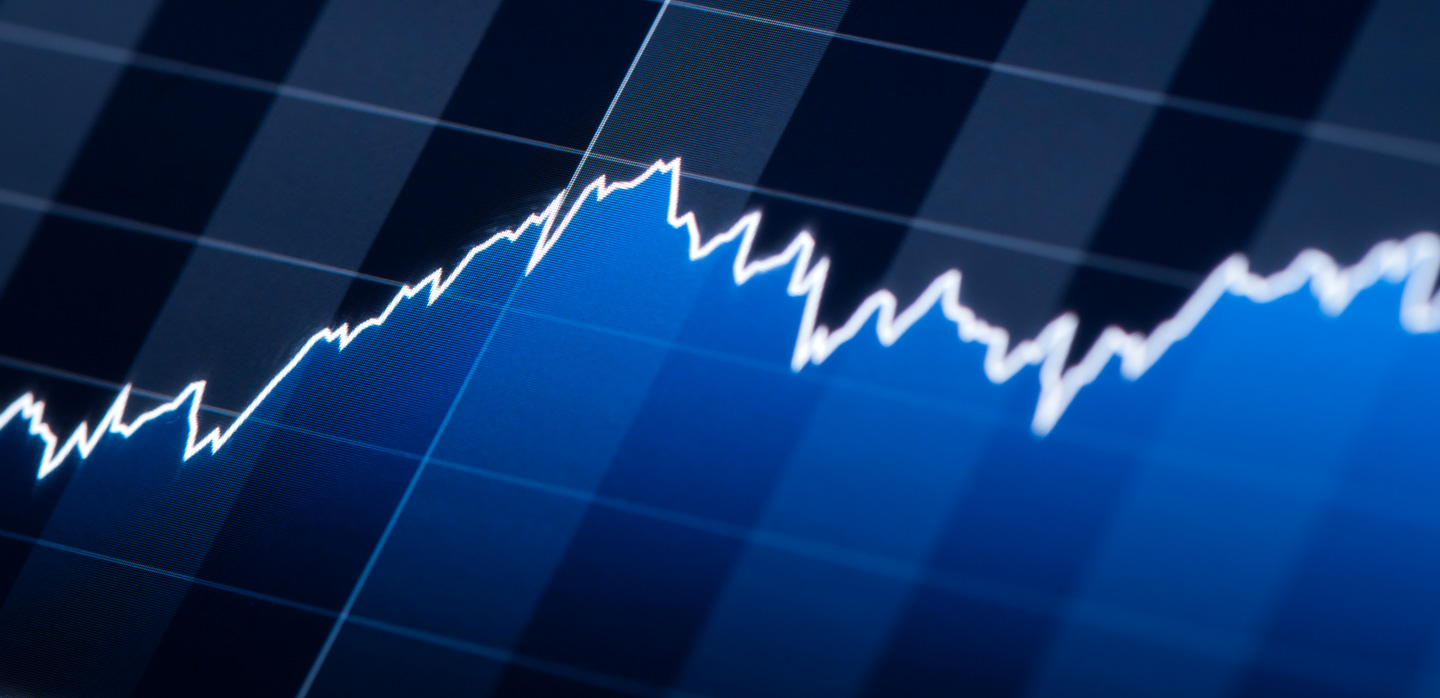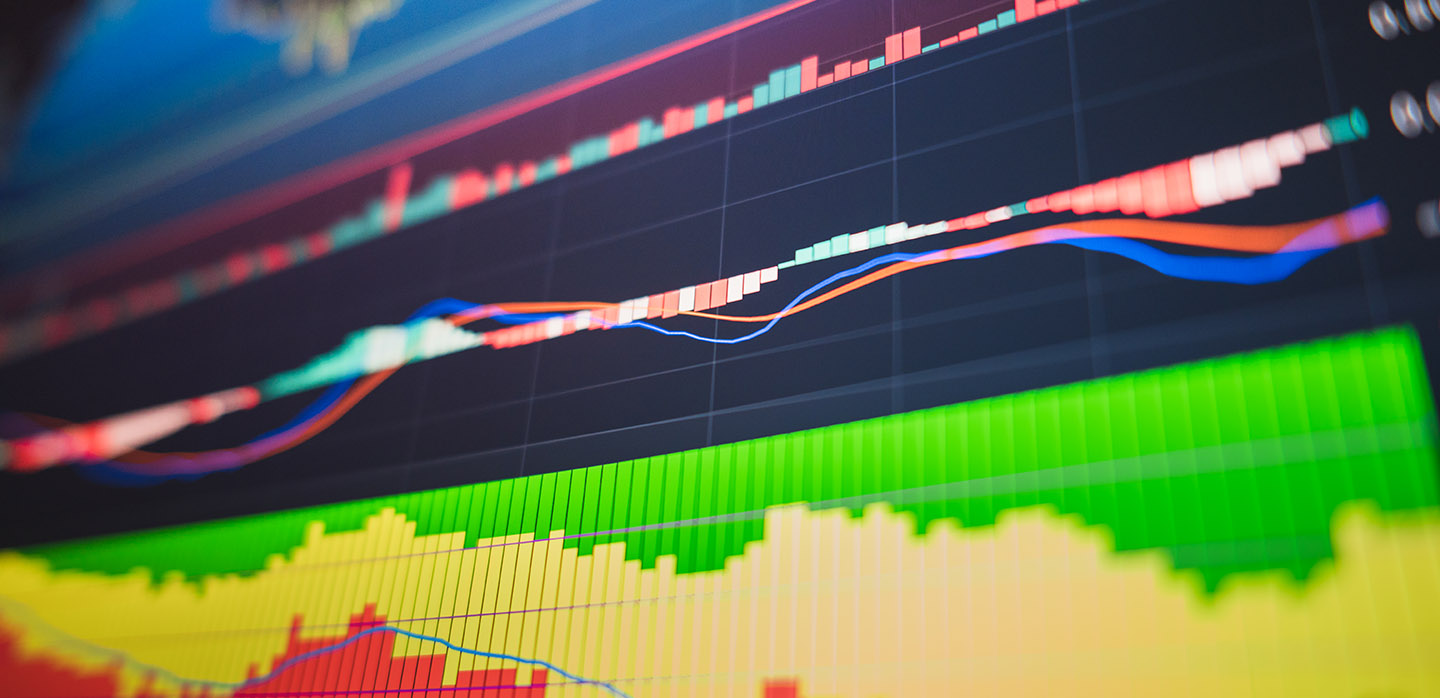Have you ever thought about why the price of gasoline varies slightly between gas stations? You could easily visit five local stations on the same day and pay a range of prices for what is effectively the same product—the old standard, 87-octane unleaded gasoline.
Worse still, you might go back to the same station the next day and spend a few cents more per gallon for exactly what you bought yesterday.
You could deal with this uncertainty by buying a massive gasoline tank (or purchasing an electric vehicle, perhaps), waiting for prices to drop and then stocking up. But otherwise you’ll probably just have to get comfortable with a certain level of uncertainty in gas prices. Given that uncertainty, how can you be sure you’re getting a good deal?
The same anxiety exists for many retail energy buyers, where managing uncertainty is among your biggest challenges. Not that kind of happy uncertainty that leads to big payoffs in Vegas, the kind of uncertainty that keeps you up at night wondering whether you've made a huge mistake.
But it makes sense that the procurement process would be riddled with uncertainty: energy markets are fundamentally highly complex.
Aside from the tortuous system of pipelines, generating stations, and wires required to physically get natural gas and power to your facility, complexity originates from the fact that suppliers are selling you years of energy for a price they have to set today.
To top it off, each supplier maintains its own models of the uncertainty in the market, so each supplier will charge their own risk premium.
With all this uncertainty, how do you know you’re getting a good deal? The answer is reverse energy auctions.
A reverse energy auction invites multiple suppliers to bid on the same products and terms in a short, fixed time window, providing competition among suppliers to drive down their offering price, as well as transparency for the buyer that they’re getting the best available price in the market.
At the end of the auction, buyers can see the best bids from a large number of suppliers for different energy products, and compare bids to the market price to get a clear picture of what they're saving.
Reverse auctions build on the traditional procurement approach of developing a Request for Proposals (RFP) and soliciting bids from energy suppliers to be evaluated at a specific point in time. Rather than offering one opportunity for each supplier to put in their best bid, the RFP for an energy auction will invite a large number of suppliers to participate in a live event, where they can see the current bids being offered to the customer by other suppliers.
As the auction progresses, suppliers can offer lower and lower prices in an attempt to beat the best bid. While some auction types run until no supplier can beat the best price, Enel X’s procurement team typically holds reverse auctions with a fixed stop time, offering suppliers one final chance to submit their best price (see the screenshot above).
Because the final bids are received in the closing seconds of the auctions, suppliers don’t usually have a chance to see whether their bid is the lowest price offered to the buyer. In about 25% of auctions, one supplier will beat their own best bid just to ensure they win the business!
Through the openly competitive and transparent process provided by reverse auctions, retail energy buyers can gain comfort in knowing they've received the best available price in the market. If only I could get my local filling stations to compete in the same way, because there’s no way I’m storing a giant gas tank in the back of my Subaru.








